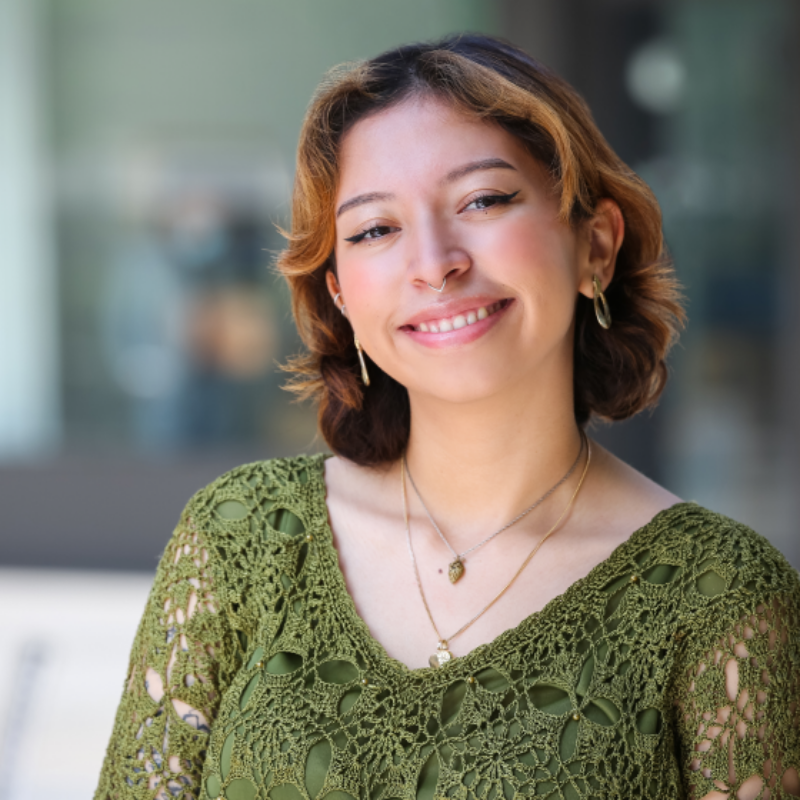I will never forget the moment when youth paddlers came into view on the Klamath River. The community surrounded them on the banks, their cheers traveled across the water, meeting the kayakers as they entered the final stretch of a journey that had taken them more than 300 miles. Parents stood nearby, watching their children reclaim waters that had been blocked for generations. It felt like the very definition of “it takes a village.” Every meal, every gesture of support, every voice lifted was part of making this return possible.
This summer, dozens of Native youth from tribes along the river embarked on a month-long paddle down the undammed Klamath. Organized by Ríos to Rivers and their Paddle Tribal Waters program, the journey was a way for young people to be the first to reconnect with stretches of their river that had been closed to their families for generations. Danielle Frank, a Hoopa tribal member and Yurok descendant as well as the Director of Development & Community Relations at Rios to Rivers, introduced us to the Paddle Tribal Waters program and invited us to bear witness to this historic event. The program’s mission is to inspire the protection of rivers through youth-focused programs, where youth are empowered to become informed stewards and ambassadors for their rivers and the communities who depend on them.

